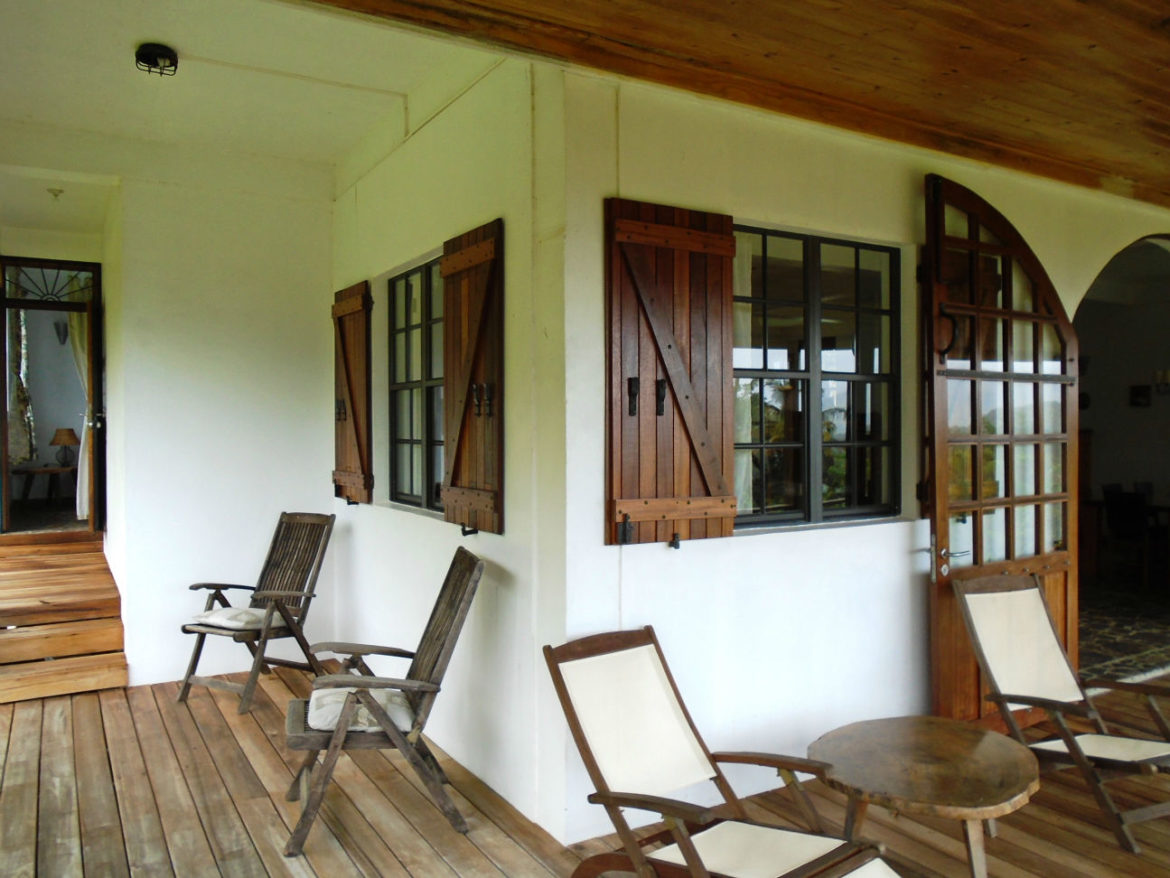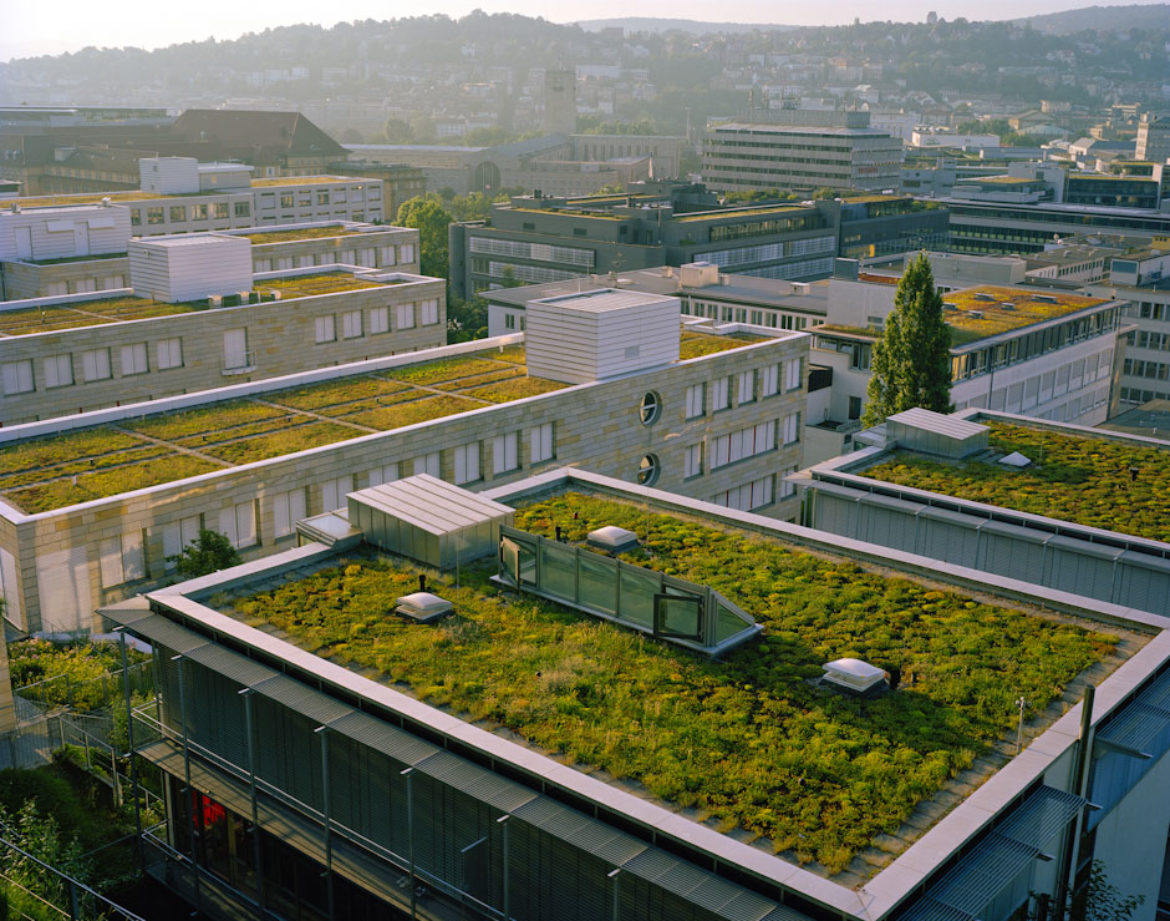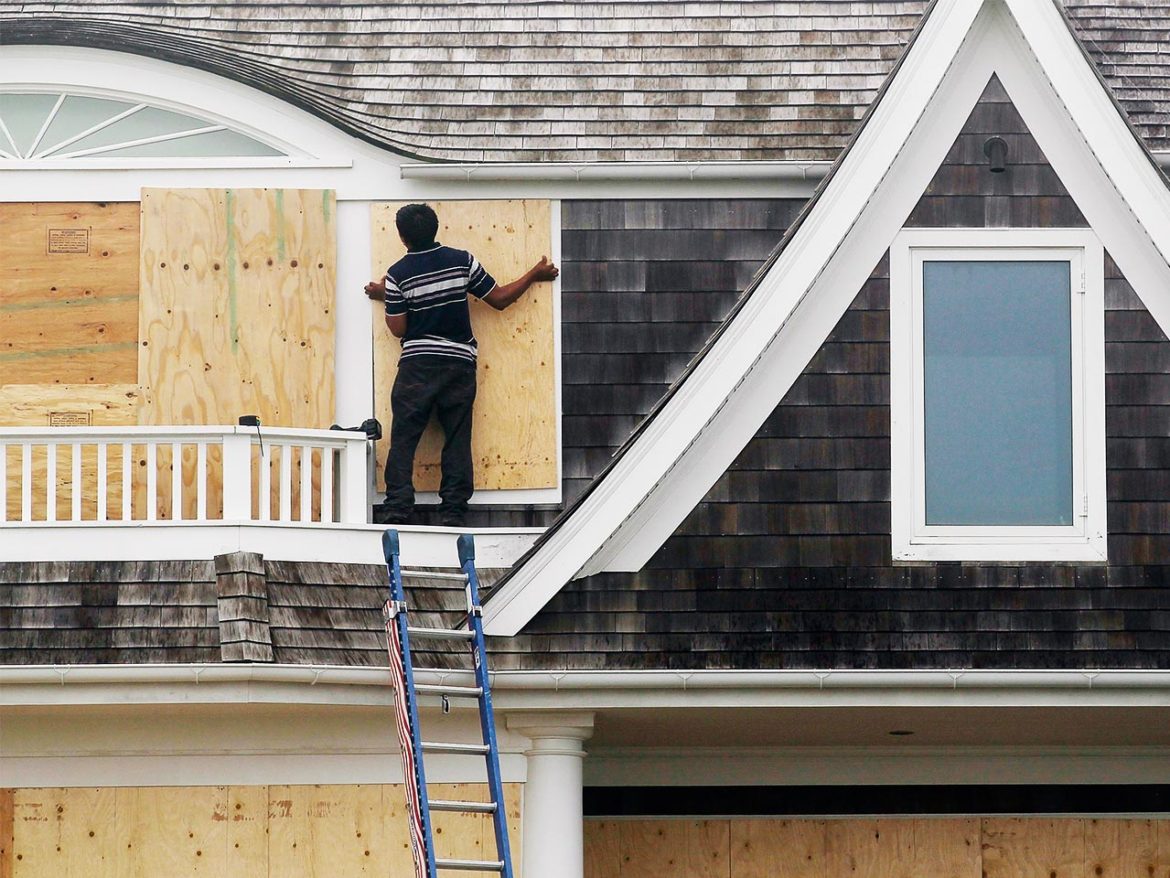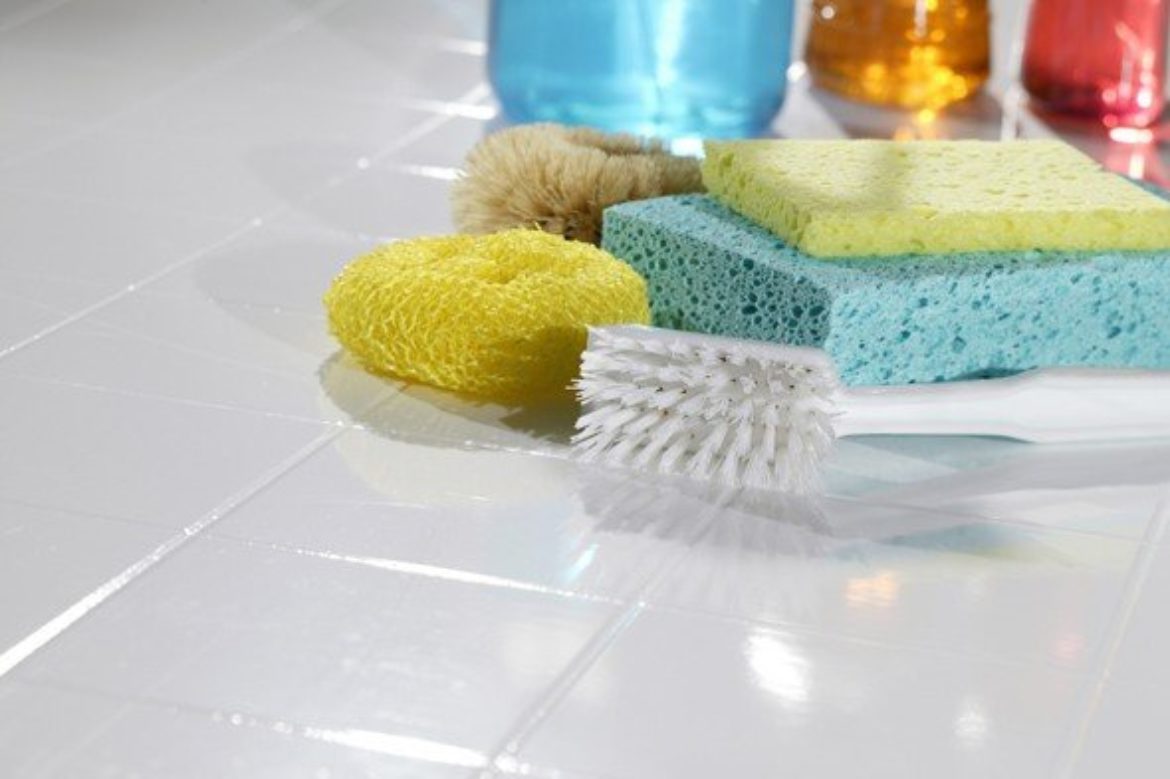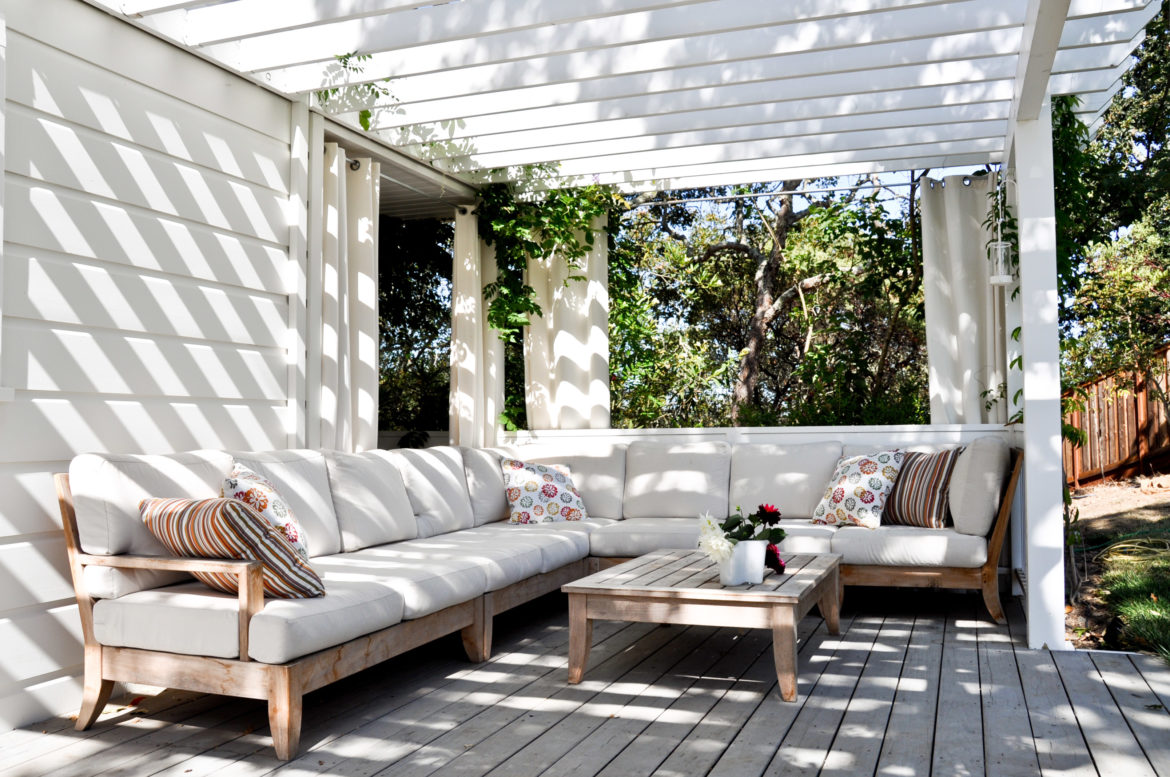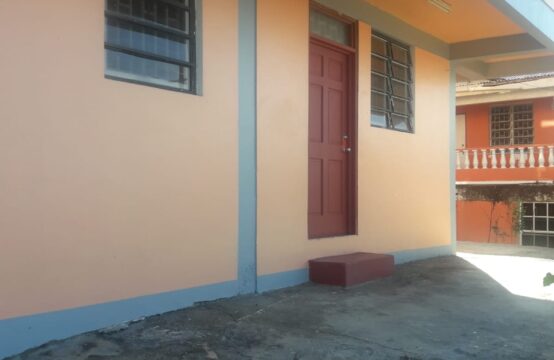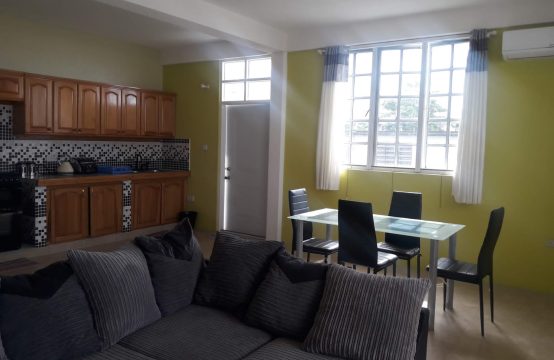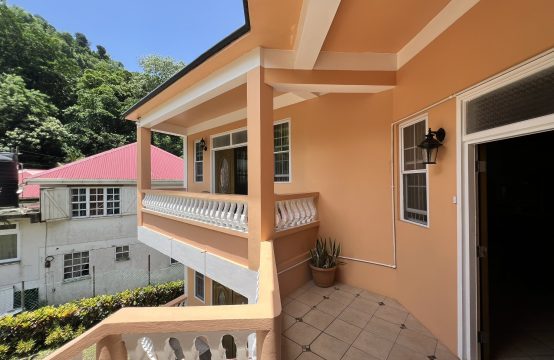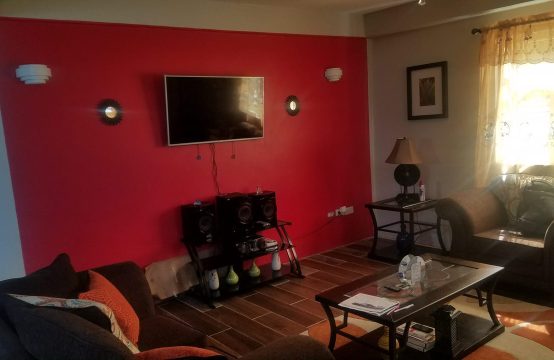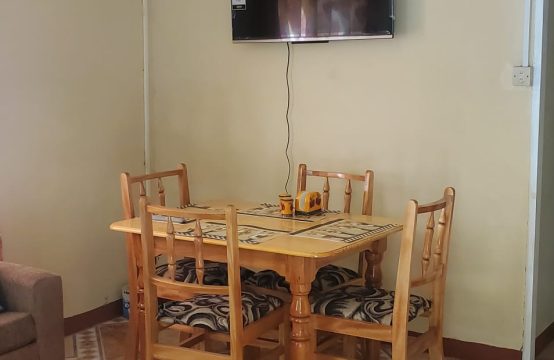
A vegetable garden in the yard does not only provide savings on your food bill; it increases the appeal of your property and may just set your home apart from the competition.
Not only is vegetable gardening a great way to get fresh organically grown vegetables, but it is also a great way to get fresh air and exercise. Below you will find some great vegetable gardening tips and vegetable gardening basics that can help you get started.
– Choose the location of a vegetable garden
4 things to consider when choosing the location for a vegetable garden: – Convenience – Sun – Drainage – Soil type
– Choose the vegetables to grow
The most popular vegetables in vegetable gardening are: Cabbage, Radishes, Winter squash, Carrots, Lettuce, Beans, Summer squash, Cucumbers, Peppers and Tomatoes.
There are many, many more. If you are just starting out with backyard vegetable gardening, you may want to choose 2 or 3 and grow those until you get the hang of keeping a vegetable garden.
– Make your vegetable garden layout
For most vegetables, there is no set spot you need to put them in the garden but many vegetables do need a certain amount of space to do well. It is helpful to make a plan/layout that will help you make sure that you have enough space for all the vegetables you have chosen.
– Prepare the soil in your vegetable garden
Probably the most important piece of vegetable gardening advice is before you plant a single thing in the ground; make sure that the soil in your chosen vegetable garden location is as good as it can be.
If you have clay soil, then spend some time amending clay soil. Have your soil tested. Make sure that the soil’s pH is correct, and if you need to lower the pH or raise the pH, take time to do that. Fix any deficiencies with:
• Nitrogen
• Potassium
• Phosphorus
And anything else that the soil test indicates that you may need in the soil.
Backyard vegetable gardening is not scary. You can do it! In no time at all, you will be proudly serving your own home grown vegetables.

